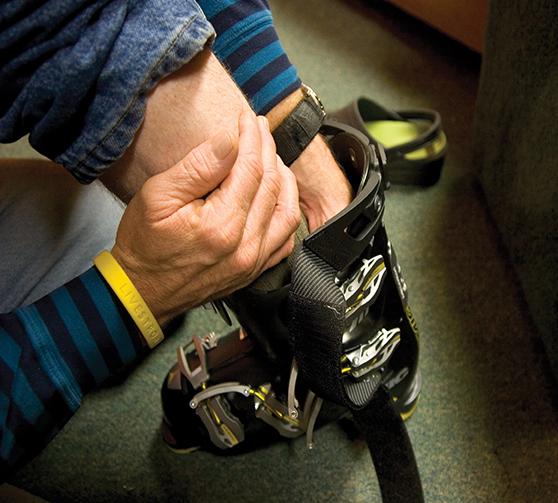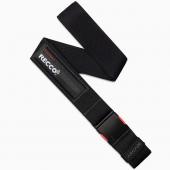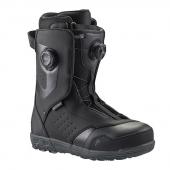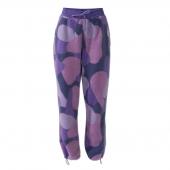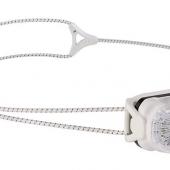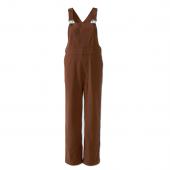Better Boot-Fitting
Ask most serious skiers what their most valuable piece of equipment is and more often than not they’ll tell you that it’s their boots. Boots are the starting point of all your pressure to your skis; how well they fit determines when, where, and how quickly your skis turn. Ill-fitting boots turn an effortless glide down the slope into a wrestling match with your skis, and painful feet are the last thing any skier wants—what better way to ruin an otherwise perfect day? While there are some ideal pairings in terms of boot manufacturer and skier foot shape, generally speaking, a good match relies more on fit than make or model.
Pre-Work
Cut your toenails before you try on a pair of boots—you may laugh, but a fraction of an inch makes a difference between a snug fit and one that is slightly loose. This goes for skiing, too—nothing is more irritating than landing a jump and jamming your feet against the front of your boot. Wear the socks you’ll be skiing in, or at least a pair with similar thickness. Get fitted for boots later in the day; this is when your feet are the thickest. Along the same lines, be sure to wear shoes for a few days before trying on boots—don’t come in after a week in flip-flops.
Fit Philosophy
A properly-fitted boot should be tight. Pull the liner out and put your foot in the shell with your toes touching the front of the boot—there should be a space between your calf and the shell approximately two fingers wide. This indicates that the shell of the boot will support your foot when the liner “packs out.” Arch height is crucial to finding the right fit. Two people with the same size feet may have entirely different arches and thus require entirely different fits. Make sure that your boot-fitter measures your arch and recommends an appropriate boot.
Footbeds
Custom footbeds are a great way to maximize boot control and comfort. However, you should ski 10-15 days in your new boots before you get fitted for custom beds—this way, you allow your boots to “pack out” and settle into their permanent fit. Custom footbeds are created in two ways: weighted and non-weighted. Both types start with a “blank,” a plastic, pre-fabricated footbed that, through heat and pressure, molds to the exact dimensions of your foot. Making a weighted footbed entails standing on the ground and allowing your natural bodyweight to mold to the “blank,” which is wrapped to your foot. After the wrap cools, the footbed is “posted,” creating a flat bottom for a tight seal. Non-weighted footbeds are created by vacuum-wrapping the “blank” to your foot while it’s suspended in mid-air. This allows for easier alignment of your ankle and knee, often solving problems with excessive inward (pronation) or outward (supination) rolling of your foot.
To a new skier, all this techie-talk may seem crazy—and expensive, to boot. But regardless of your skiing prowess or cash flow, be sure that your boots are properly fitted before you tear up the powder—no one wants to spend a day cursing his skis and rubbing his feet in the lodge.
Kevin Weisner owns PhD Skis in on West Main in Bozeman. Known locally as “the Doctor,” Kevin has been fitting ski boots for 30 years. Stop by the shop or call him at 587-5227.


